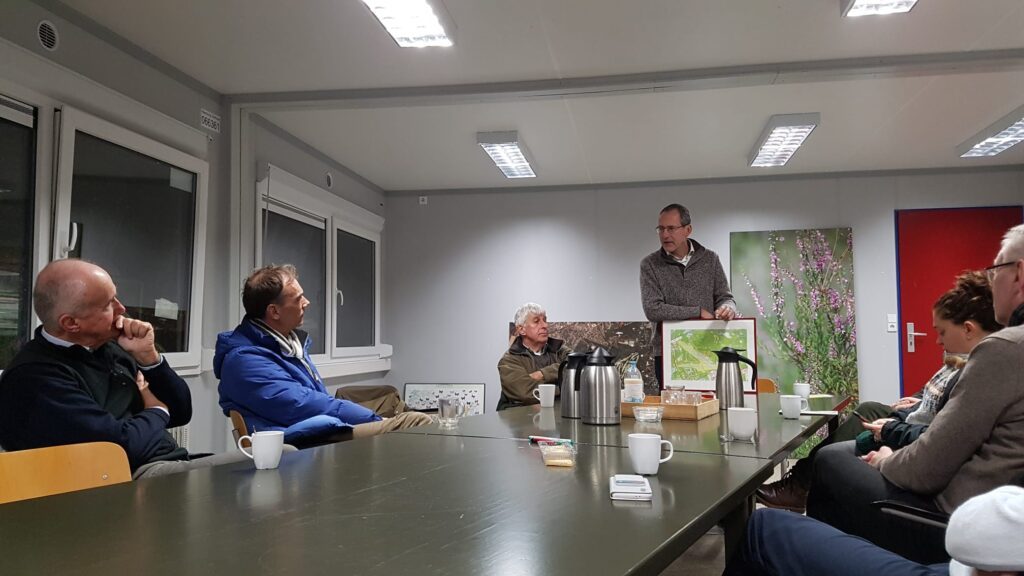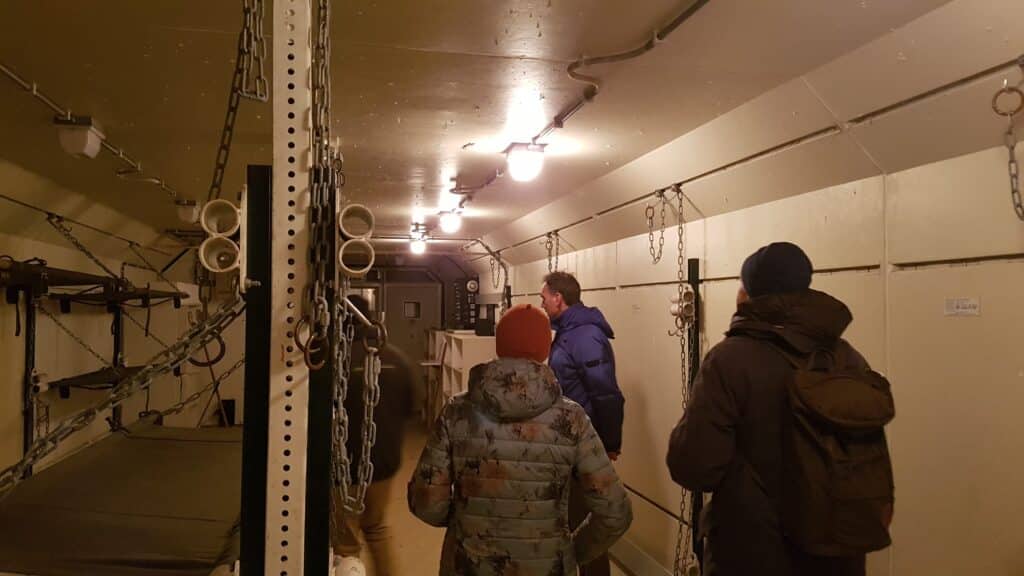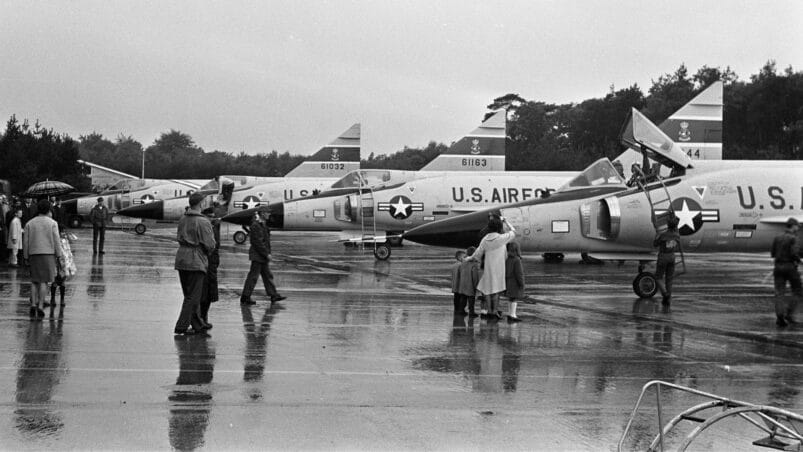In December, participants of the European Cold War Heritage Network met up in the Netherlands for two days to discuss and learn more about Europe’s Cold War heritage. EHT followed the group during their visit to Soesterberg Air Base – a former Dutch-American military air base turned nature reserve and heritage site – to see why this network reckons Cold War heritage has never been more relevant. “Slowly people are starting to realise that the Cold War is common European heritage.”
For Ben de Vries from the Dutch Cultural Heritage Agency (RCE), one of the driving forces behind the European Cold War Heritage Network, the two-day visit to the Netherlands is one of the network’s highlights after four online webinars: “The Cold War focus started initially with an assignment from the Dutch ministry for Culture to identify ‘potential Cold War heritage’ in the Netherlands. That meant looking into historic objects, ensembles and infrastructures, but also getting in contact with other countries”, he explains as our guide leads us over the former military air base.

Two years ago RCE Director Susan Lammers and De Vries mentioned their interest in Cold War heritage to other members European Heritage Heads Forum (EHHF) – an informal expert network for national heritage heads. And with success, as the European Cold War Heritage Network grew from it. “Connecting with other countries is vital to raise awareness on this kind of heritage”, states De Vries. “The Cold War is a shared heritage. Europeans on both sides of the former Iron Curtain have to deal with it, even though we may have different perspectives on the period.”
Alternate perspectives
In comparison to De Vries, his Latvian colleague Asnāte Ziemele has indeed a rather different perspective on the Cold War period: “I had no idea people in West-Europe were dreading a Soviet invasion. For us in Latvia, it was the other way around: the Russians taught us to be afraid for the Americans”, she explains as we pass through the narrow corridors of concrete staff shelters.
When it comes to the preservation of Cold War heritage, Ziemele also notices differences: “There is very little preserved of this period in Latvia because we are not too fond of it in general. We only have a few Soviet bunkers that are well-preserved by accident: they were built in the 1990s, close to the dissolution.” But she sees that the interest in this heritage is picking up: “Nowadays there are successful tours on military heritage organised, and both foreign tourists and Latvians take part.”

Little access
Not all heritage agencies across Europe have the time or recourses to deal with Cold War heritage in their country: “No wonder, they have other urgent matters to attend to like sustainability or making heritage climate proof”, De Vries points out. “And many things about the Cold War are hidden, forbidden or forgotten. It’s not easily accessible.”
Nonetheless, De Vries notices that heritage organisations want to do more with the history of the Cold War: more and more decide to attend the half-yearly webinars of the network. “We attempt to broaden our knowledge on this topic together and learn from more experienced organisations and countries such as Denmark and the United Kingdom.” Discussing conservation and site management issues is part of that, but nothing beats actual on-site discussion and exchange: “This two-day visit has been incredibly inspiring”, says De Vries.
And his words ring true as we enter a former American command bunker with a replica of the Warsaw Pact’s plan of attack on West Germany, Denmark and the Netherlands on display. One of the Danish participants recognizes the map: “It’s not the actual attack plan, but these maps were drawn as a military exercise.” He continues to carefully explain the idea behind certain points of interest and how to read the map. “Unbelievable”, smiles our guide. “I didn’t know this, and I have been giving tours for years.”

Asking relevant questions
The two-day visit is not just to admire historical objects and sites, Cold War heritage is also becoming more relevant in the public debate. “Due to global events, like the situation in Ukraine, people are more interested than before when they hear about the old military bunkers and hardened aircraft shelters in for example Soesterberg”, De Vries says. “They wonder: ‘what should we do with them? should we start reusing them in case of the worst? Or convert them into museums, cultural workplaces, or temporary offices?’ Easier said than done because most of these buildings are not even safe to enter, let alone use.”
De Vries reckons the European Cold War Heritage Network could help provide answers: “As more countries join, we can explore more subjects. For example, our next focus is Cold War heritage in Southern Europe.” In the future, De Vries would like to see the network organising conferences and coordinating publications to find answers. “You see, despite being such young heritage – just 30 years old – Cold War heritage is incredibly relevant to this day.”



On the off chance that you could do without us, don’t acknowledge our solicitations and don’t welcome us to come to see you. Regardless of whether you like it, history is our ally. We will cover you.